Spray foam is a type of insulating material that consists of polyol resin and isocyanate. Polyol is a form of hydroxyl compound whereas isocyanate is a substance that’s usually found in surface coating to manufacture solid foams.
Upon applying the spray foam, it doesn’t really seem like much. However, you’ll notice that it begins to expand rather quickly. The material will initially be in liquid form and will increase up to 60 times in volume after its application, eventually becoming solid.
One of the most significant features of spray foam insulation is its thermal resistance — which is why it’s a go-to option for many homeowners.
The way heat transfers can either be convective, radiant, or conductive. The first refers to sources of heat being brought into the home by air or water. Radiant transfer, on the other hand, is when less reflective surfaces absorb the heat energy from warm surfaces. Lastly, conductive transfer is the way thermal energy moves among substances when one has a higher temperature than the other.
Spray foam insulation can effectively hinder all three of these ways — hence its high R-value rating. The R-value measures how well a form of insulation can block the flow of heat.
Types of Spray Foam Insulation
There are two forms of spray foam insulation that you can choose from — open and closed. These refer to the state in which the cells are within the material.
Open-cell spray foam allows for a softer and more malleable insulation. It is the ideal option for tight nooks in the attic as well as oddly shaped crannies in the basement. Closed-cell spray foam, on the other hand, has a harder and more solid texture. This is due to the absence of moisture and air in the cells. While this option is more durable, it’s not meant for the tighter spaces.
Pros and Cons of Blown-In Insulation

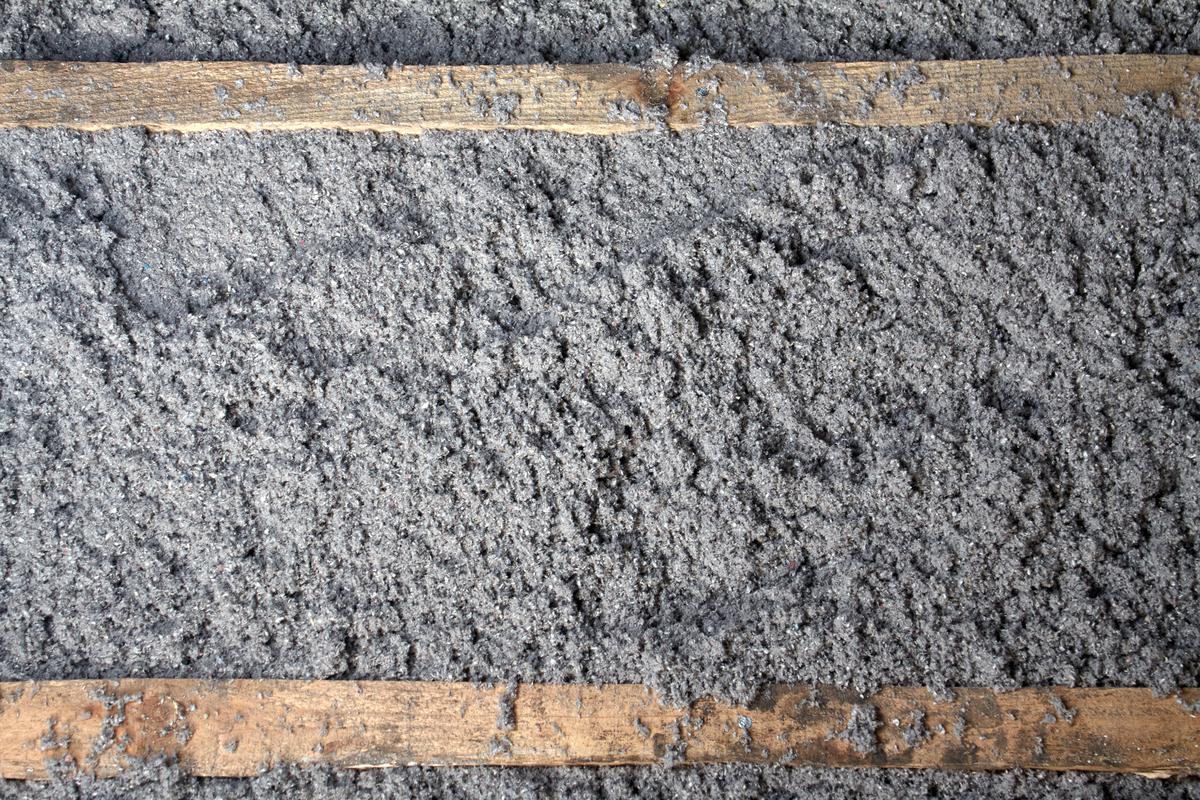
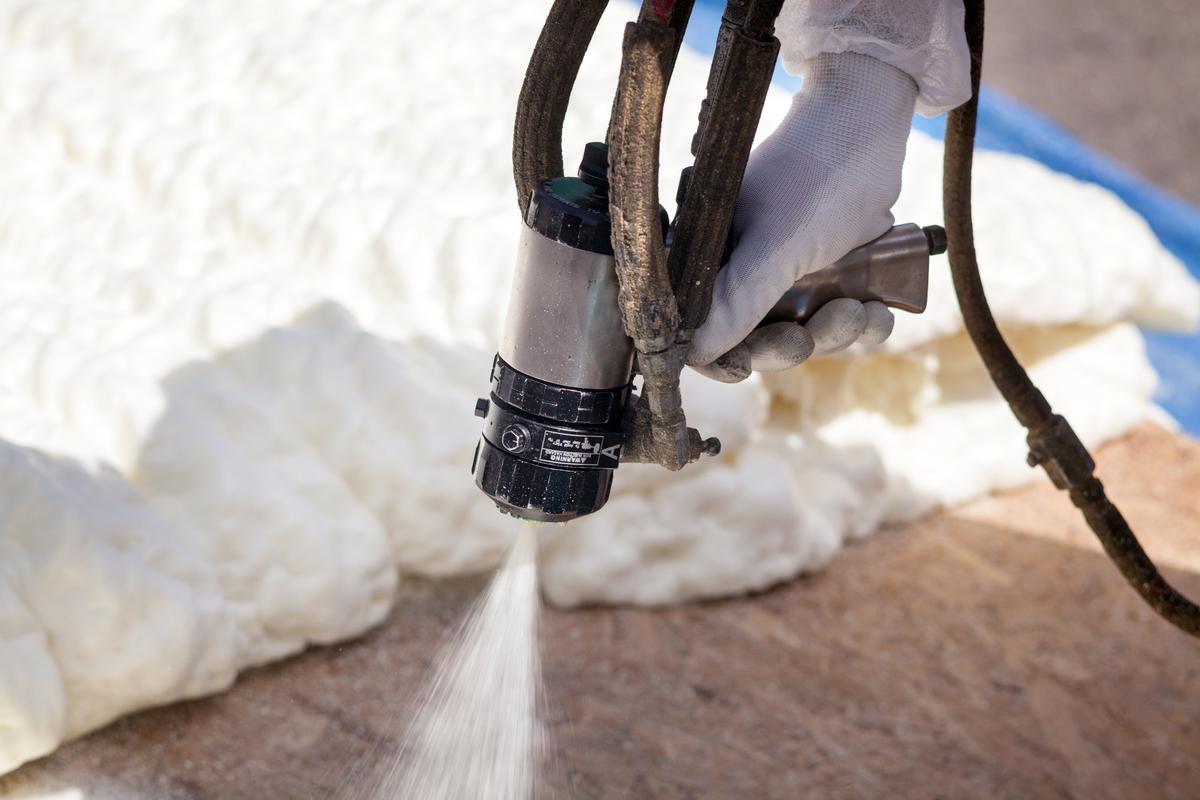
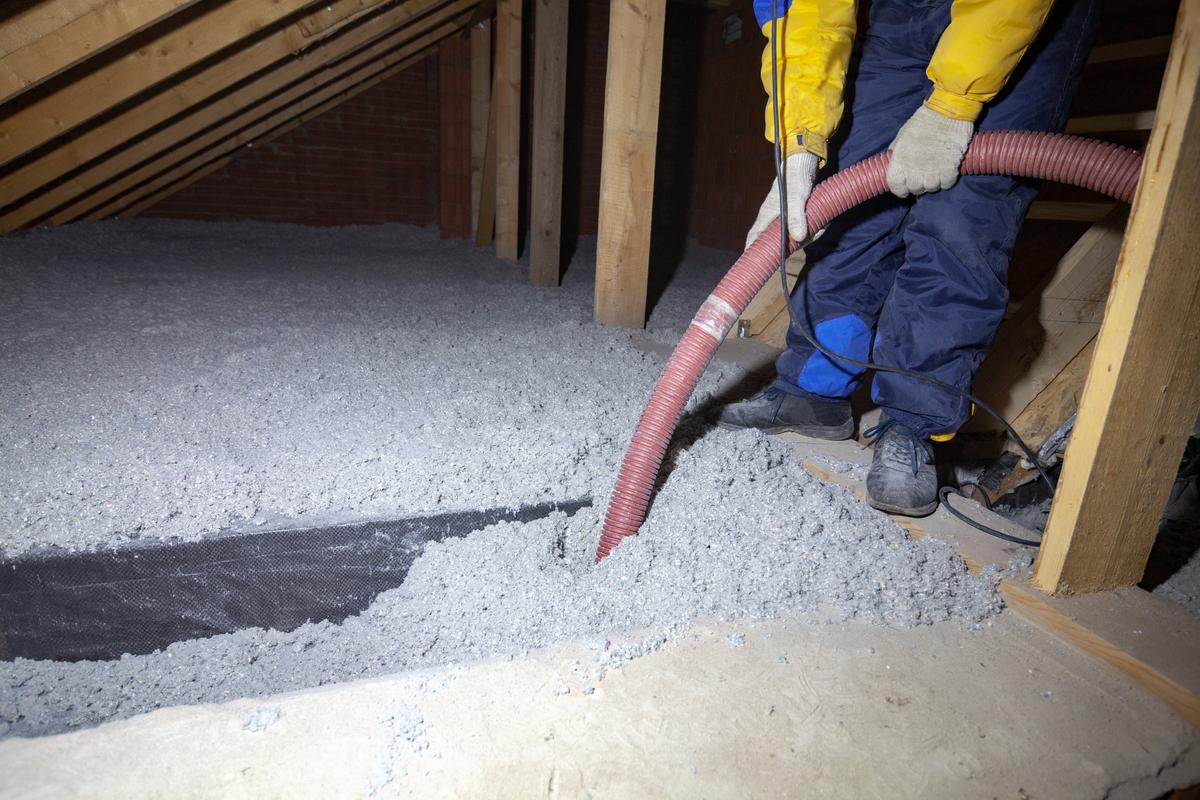
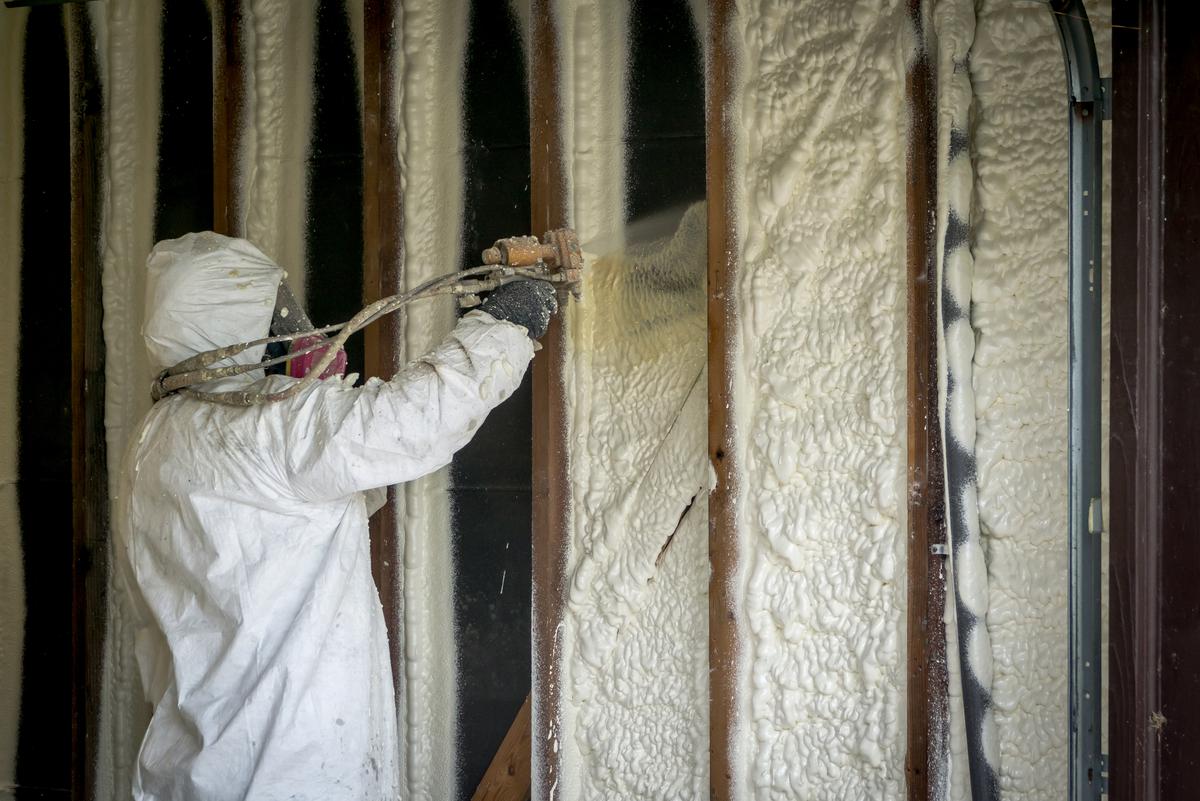
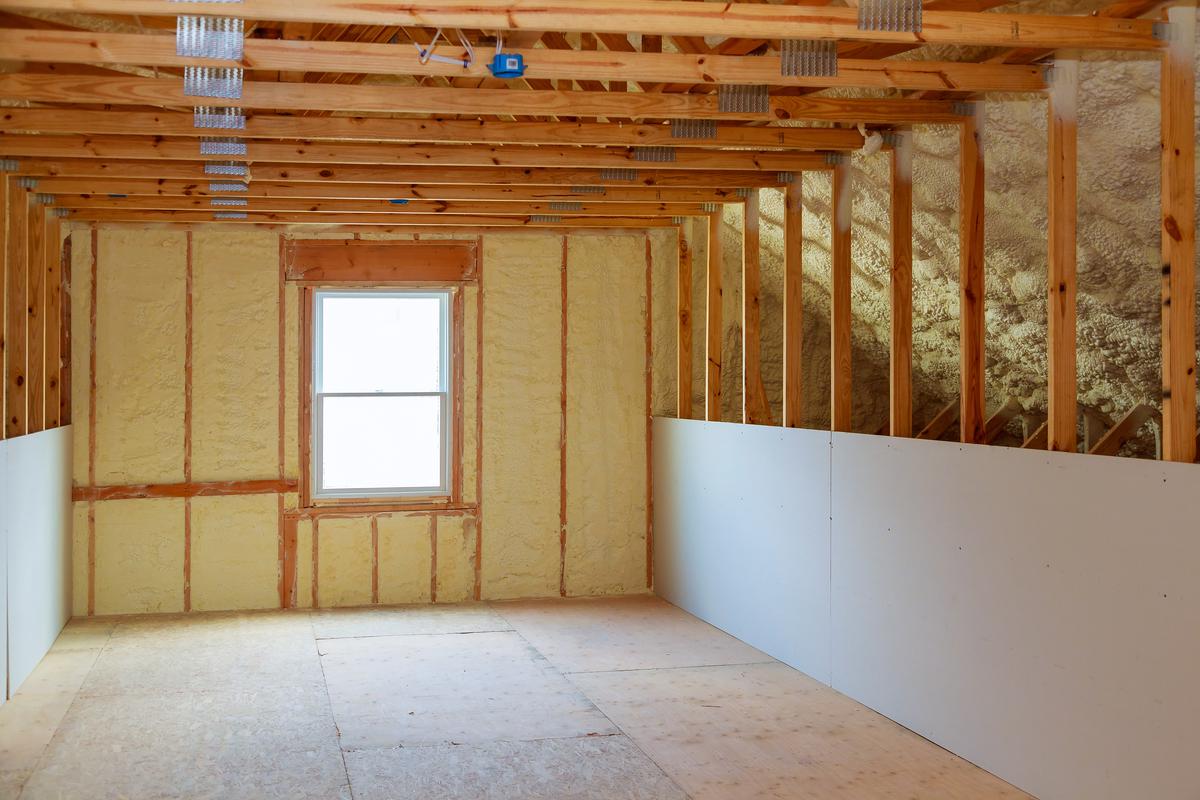

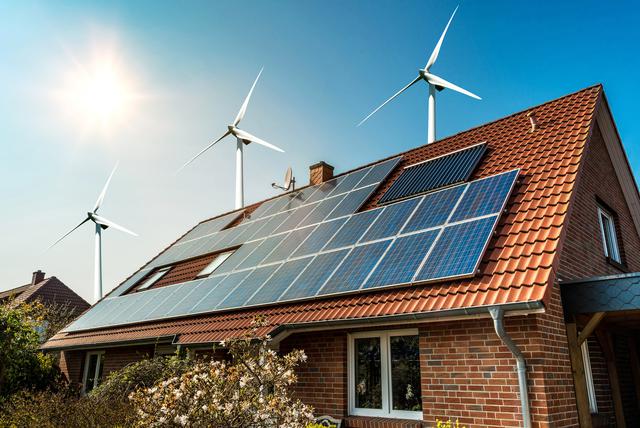
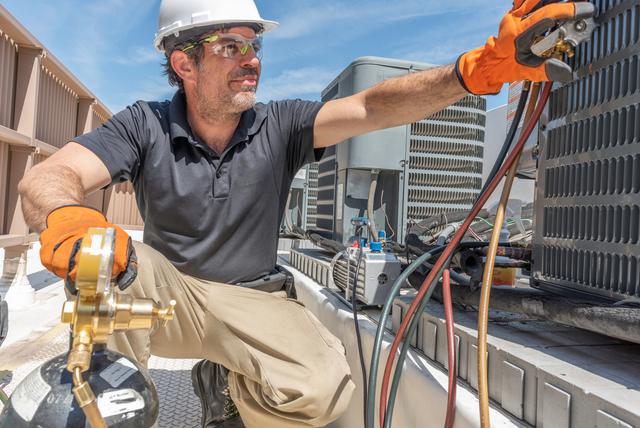
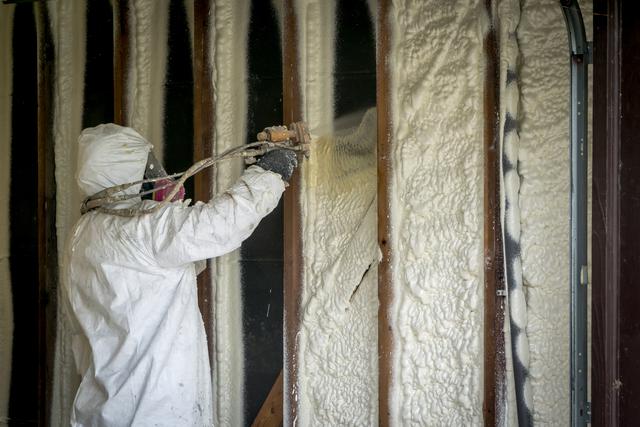
comments